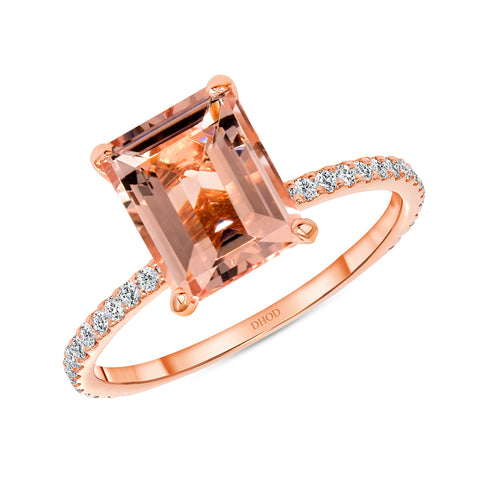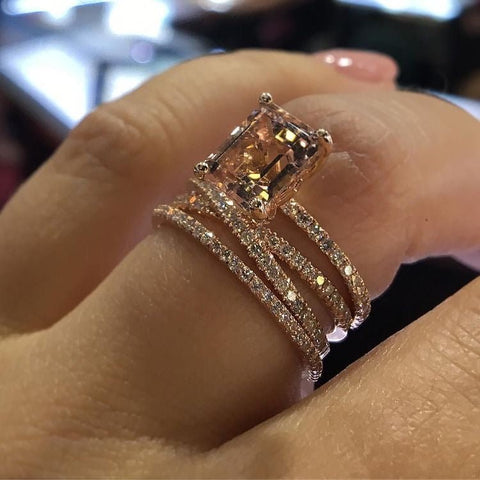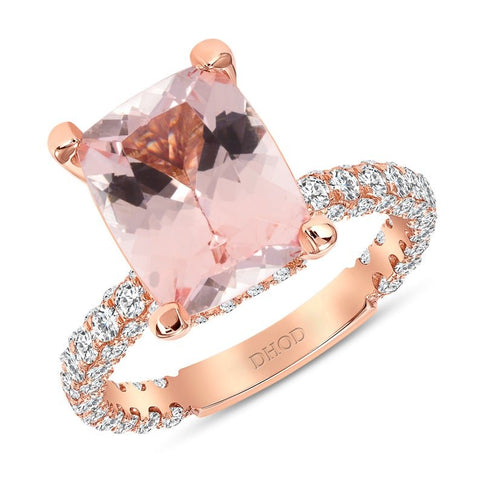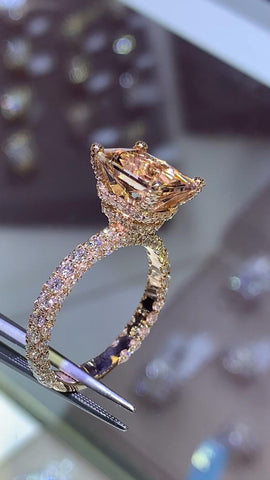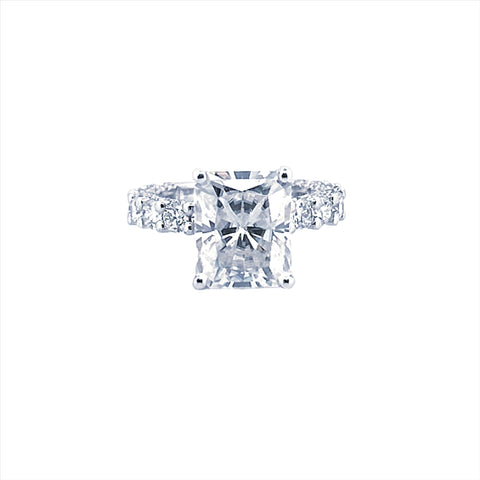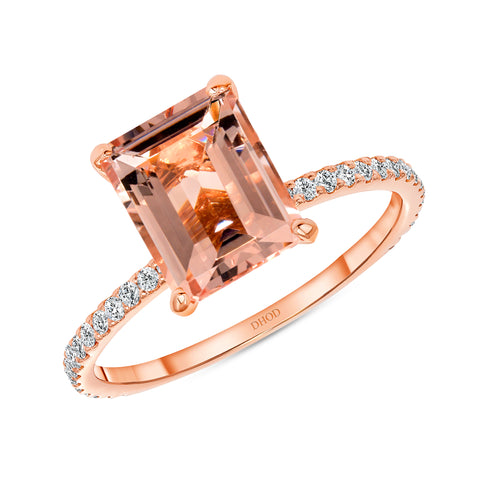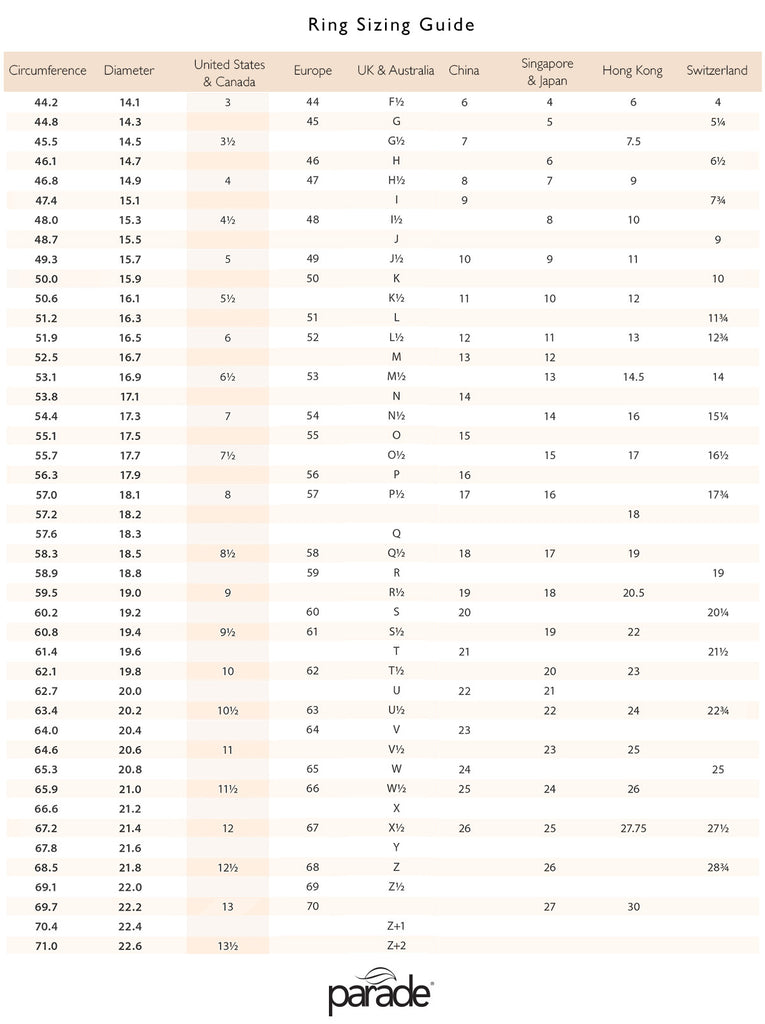Recent Articles
-
Diamond Initial Jewelry: The Perfect Gift May 10, 2023
-
Diamonds Bracelets in David's House of Diamonds at a Glance May 03, 2023
-
Your Go-to Guide for Different Ring Setting Styles and Types March 24, 2023
The Difference Between Lab and Natural Diamonds
When most people hear the word "diamond," they automatically think of a natural diamond. However, lab diamonds have been growing in popularity over the years. So, what's the difference between lab and natural diamonds?
Natural Diamonds
We'll start with natural diamonds. Natural diamonds are created over millions of years deep in the Earth's mantle. They are then brought to the surface through volcanic eruptions. Diamonds are one of the hardest materials on Earth, so they can withstand the extreme heat and pressure that is found underground.
Mining natural diamonds can be a long and arduous process. Diamonds are usually found in areas that are very difficult to get to, so miners have to be very careful not to damage them.
Once the diamonds are mined, they have to be cleaned and sorted. The dirt and other materials are removed and the diamonds are sorted by size and quality.
Lab Diamonds
Now let's take a look at lab diamonds. Lab diamonds are created in a laboratory, hence the name, and are identical to natural diamonds in every way.
Lab diamonds are not as rare as natural diamonds, but they are still very expensive. Lab diamonds are also not regulated by the Kimberley Process, which is a certification system for natural diamonds to ensure that they were sourced ethically.
There are two main methods of creating lab diamonds: Chemical Vapor Deposition and High-Pressure High Temperature.
Chemical Vapor Deposition
The first process is called Chemical Vapor Deposition (CVD). A tiny chamber is filled with a “seed crystal,” which is essentially a tiny diamond seed. The gases are heated in the chamber after this step. As the gases reach the correct temperature, carbon layers begin to form on the seed crystal, causing it to grow and mature.
High-Pressure, High-Temperature Diamonds
The second type of process is called High-Pressure High Temperature (HPHT). This is intended to replicate the earth's natural diamond-forming process. In this method, natural graphite is crushed in a huge machine with high pressure and temperatures. The graphite becomes a diamond as a result of being subjected to these circumstances.
What is the Difference Between CVD and HPHT Diamonds?
With the naked eye, you can't tell the difference between a CVD and HPHT diamond. Both processes turn a cosmetic stone into a real diamond that is chemically and physically comparable to natural diamonds. When it comes to assessing Lab Grown Diamonds, the same 4 Cs are used: Color, Cut, Clarity, and Carat.
The question of which processing method is ‘better' is complex, as is the argument of whether Natural Diamonds or Lab Grown diamonds are superior. A professional jeweler can assist you with this issue.
Certifying Lab Diamonds
Lab-Grown Diamonds are chemically identical to natural diamonds, therefore they come with a certificate. The majority of Lab Grawn Diamonds are now certified by IGI, the International Gemological Institute, which examines four C's: cut, color, clarity, and carat weight.
Lab-grown diamonds are also being accepted and certified by the GIA, The Gemological Institute of America. The Gemological Institute of America has developed advanced testing equipment that it uses to screen and differentiate between natural diamonds and lab-grown diamonds.
Lab-grown diamonds have gotten less expensive over time and demand has increased. A lab-grown Diamond has a value, but it simply implies that the resale value is relatively new and will seldom match up to natural diamonds' resale values.
What should I use for my engagement ring?
Lab diamonds are perfect if you're looking for a diamond that is identical to a natural diamond in every way. They are also more affordable than natural diamonds. Natural diamonds are the better choice if you're looking for a diamond that is rare and unique. They are also more durable than lab diamonds.
In the end, it comes down to what you're looking for in a diamond. If you want an affordable, yet high-quality diamond, then go with a lab diamond. If you're looking for something rare and unique, then go with a natural diamond.
If you're looking for a high-quality diamond, then visit David's House of Diamonds. We carry both lab-grown and natural diamonds, so you can find the perfect diamond for your needs.
